How a ‘Buona Forchetta’ Stays Trim in NYC
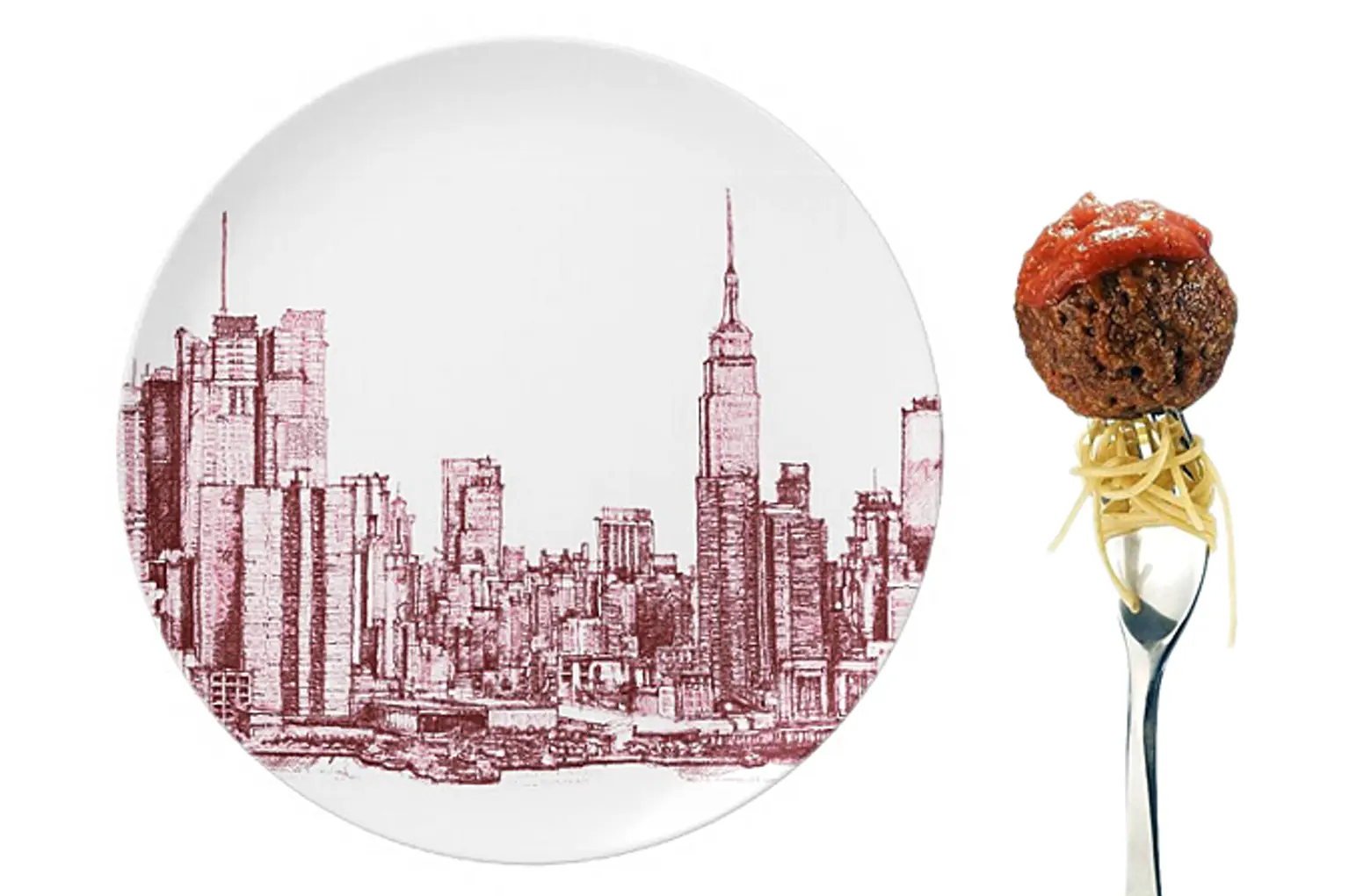
Having just returned to New York City from another extended stay in Italy, I’m often asked about how I ate during my trip. I’m happy to accommodate such requests since I’m what Italians call a “Buona Forchetta” or “Good Fork” — someone who loves and knows food. Talking about food is one of my favorite things to do; it’s up there with eating food. And my passionate and detailed conversations about the food I’ve recently eaten often segues into curious inquiries about my somewhat surprising physique.
Don’t get me wrong. This is all in context. No one in interested in me in my boxers on a billboard above Times Square. People magazine does not follow me to the beach. There are no abs or pecs or whatever-other muscles to admire anywhere on my person (though, as a college senior, my butt did win an award for excellence — true story). I’m just saying that for a middle-aged “Buona Forchetta,” I’m in surprisingly good shape. This is something I’ve managed to sustain due to my familiarity with Italian eating habits adapted to life in New York City.
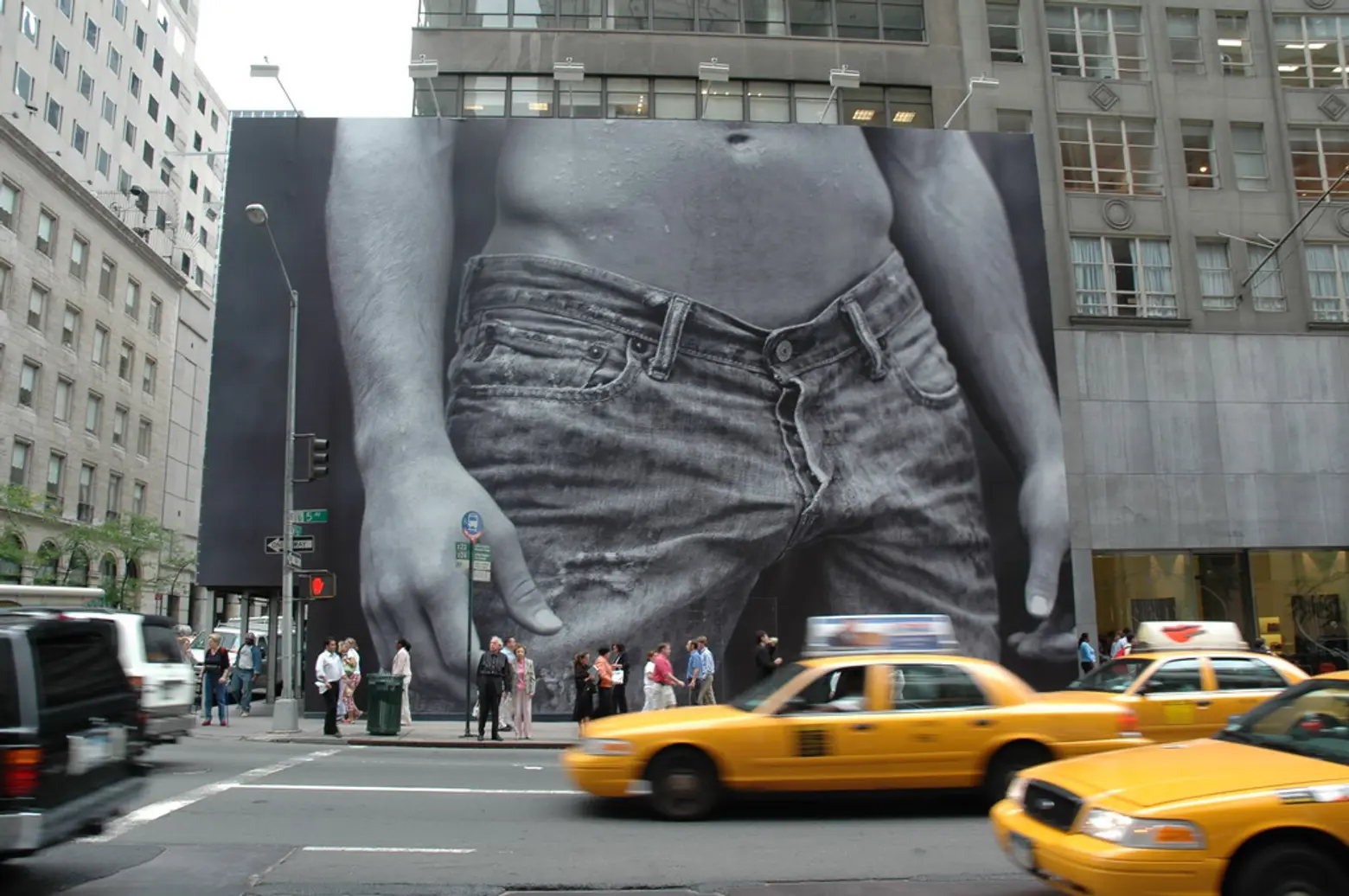
It’s important to recognize that Italians don’t eat the way most Americans perceive. All that appetizer/pasta/meat/dessert bullshit is, for the most part, just that. I ate like that my first few times in Italy, out of ignorance coupled with sheer enthusiasm; but after multiple visits, including one for a year, I quickly figured out that Italians eat more like birds than pigs. So, I began taking small meals throughout the day, usually a pastry for breakfast and a small panino mid-morning and another early in the afternoon. Late in the afternoon, like a good Italian, I’d have a gelato. Dinner was usually a small portion of protein with a fair amount of vegetable or legume (and wine).
Of course, I suspended these practices when we were out with friends or on special occasions. Or just because I felt like it (sorry, but half a panino porchetta is not an option).
I found that these (nearly) everyday eating habits acquired in Italy adapted well to life in New York City, where I follow the same patterns most days (minus the gelato) and suspend them on occasion, too (sorry, but half a pastrami sandwich is not an option).
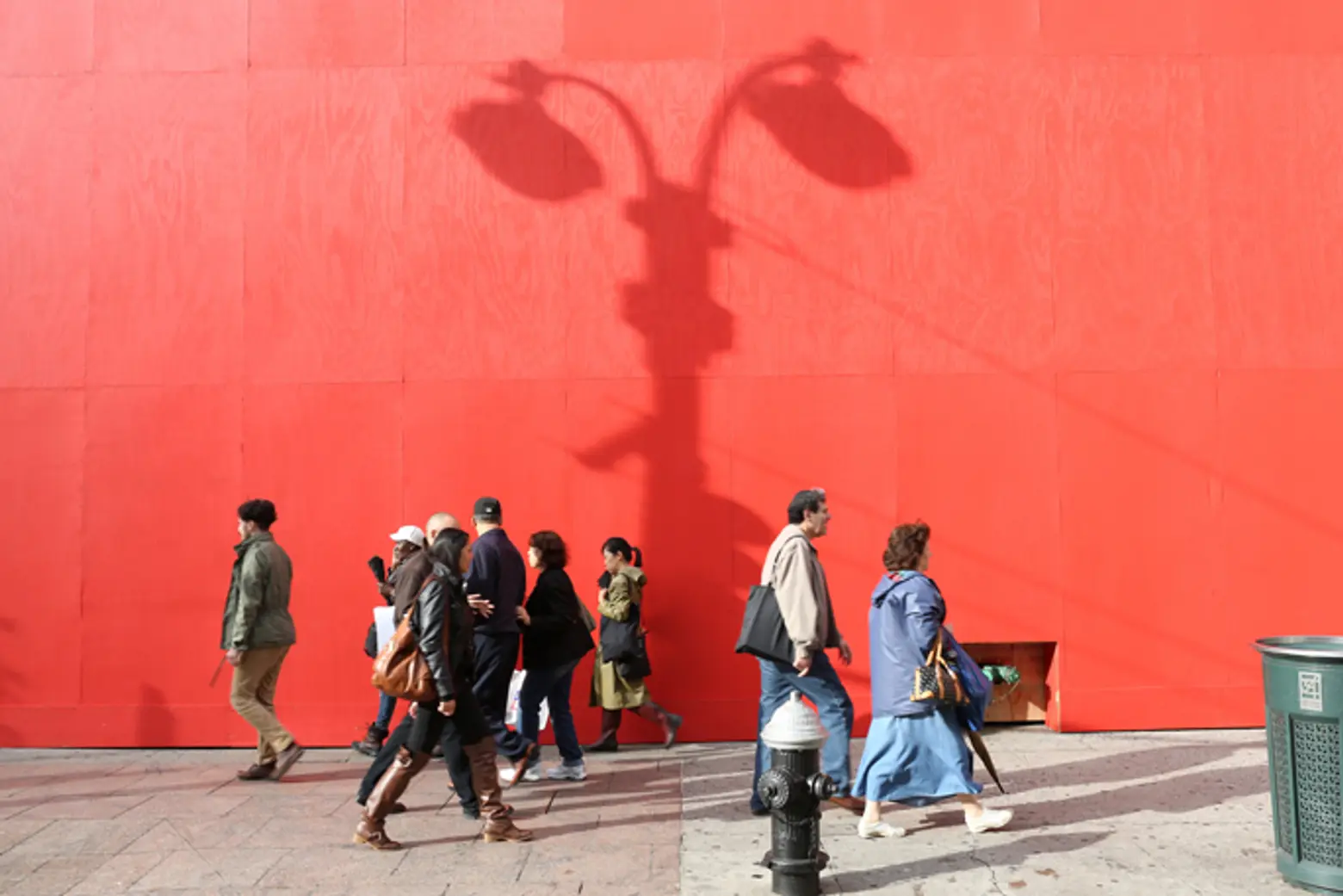 Image © Timothy Krause
Image © Timothy Krause
Also, at home in New York City, a physical routine compliments this lifestyle. I work out on occasion, more to clear my head than anything else, but I walk or ride my bike as much as possible, something that New York affords its inhabitants. I also take the stairs in nearly every building I enter for the rise in heart rate and decline in awkward elevator atmosphere.
What happens when living this way is that serious hunger is rare, though I’m often eager to eat. Appreciation of food is enhanced, as is the variety of flavors experienced, but the ravenous need to consume a lot in a short time essentially becomes nonexistent, which eliminates being super hungry all over again. Think about the poor food decisions we make when hunger beckons. Yeah, I’ll take the foot long sub, side of chips and a giant soda. Good call.
I could list the foods I avoid (anything “fast” or processed) as well as those I embrace (like white beans and chick peas), but I’m not preaching any gospel here beyond that of simply smaller, more frequent meals supplemented with steady movement.
Take it from a “Buona Forchetta” and fellow New Yorker who has managed to maintain his award-winning butt well into middle age.
Lead image © FaceMePLS
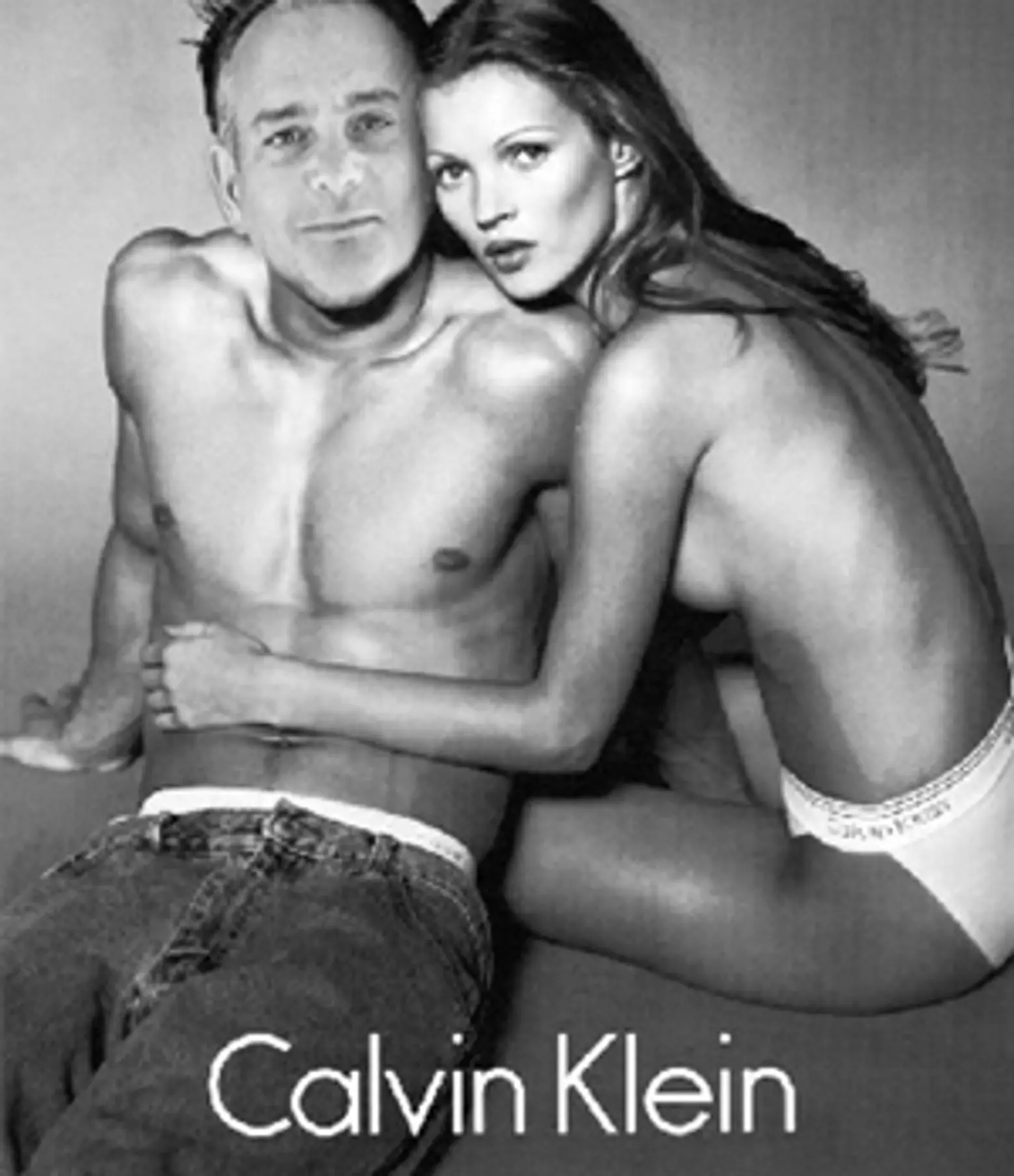 Andrew Cotto is the author of The Domino Effect and Outerborough Blues: A Brooklyn Mystery. He has written for numerous publications, including The New York Times, The Huffington Post, Men’s Journal, Salon.com, the Good Men Project, and Teachers & Writers magazine. He has an MFA in Creative Writing from The New School. He lives in Brooklyn, New York. Follow him on Twitter @andrewcotto
Andrew Cotto is the author of The Domino Effect and Outerborough Blues: A Brooklyn Mystery. He has written for numerous publications, including The New York Times, The Huffington Post, Men’s Journal, Salon.com, the Good Men Project, and Teachers & Writers magazine. He has an MFA in Creative Writing from The New School. He lives in Brooklyn, New York. Follow him on Twitter @andrewcotto
Interested in similar content?
Leave a reply
Your email address will not be published.
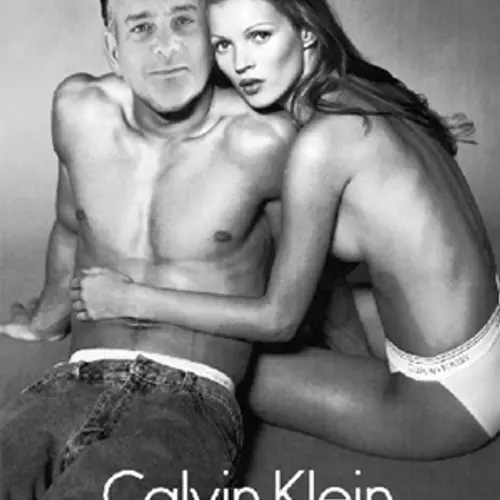
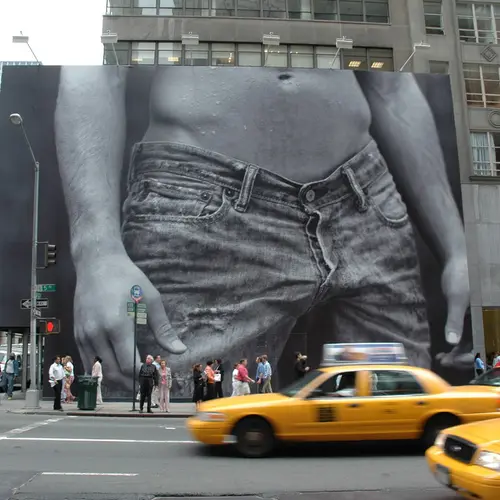
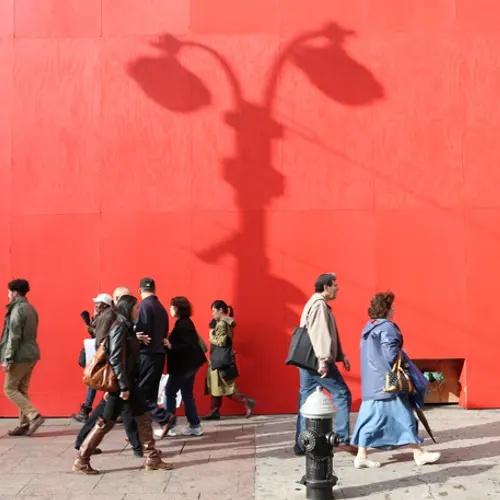
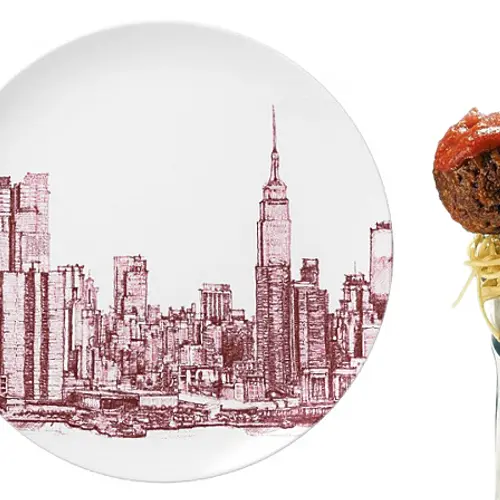





























Nice